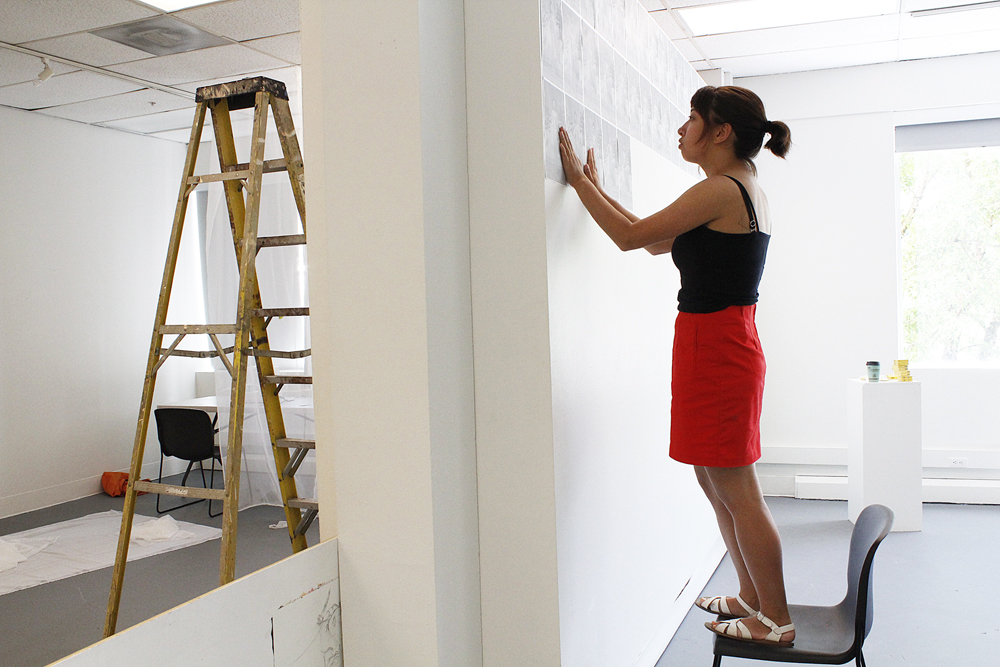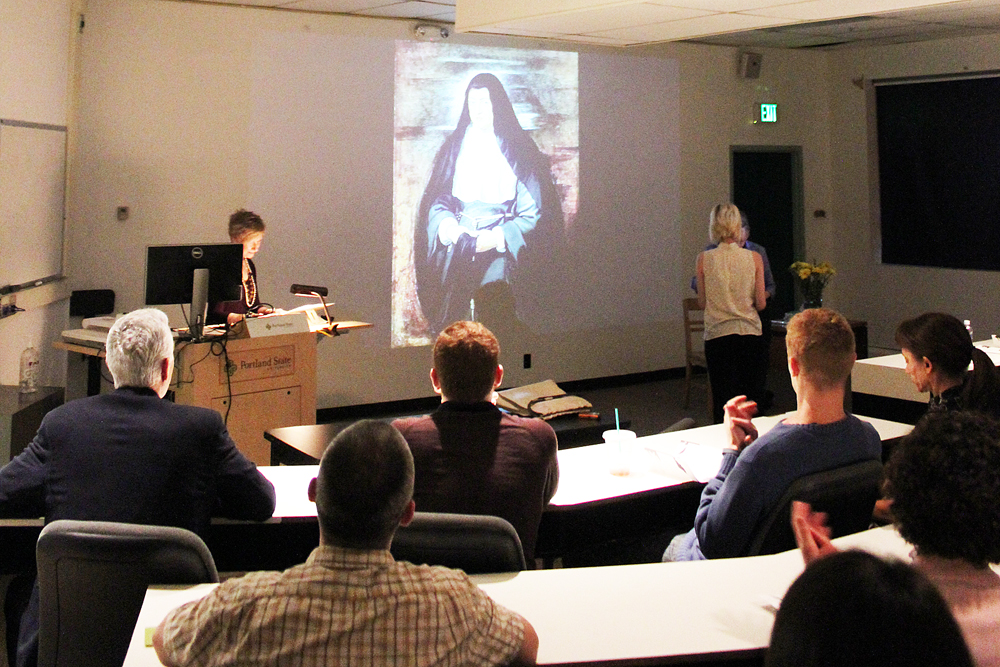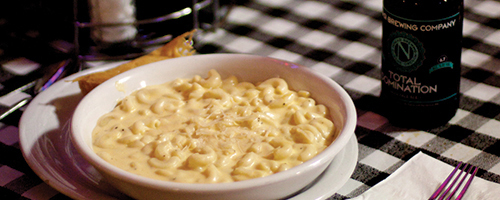The Portland State School of Art and Design will present Loose Associations, a thesis exhibition featuring 13 graduating 2013–2014 BFA students, from May 27 to June 28. Loose Associations will be exhibited in PSU’s art galleries through June 10, after which the exhibition will run in the Littman and White galleries until June 28.
Each graduating artist was given a studio in which to work, enabling them to further pursue their own personal vision and artistic interpretation of various themes, utilizing whatever medium they saw fit.
“Many in the program, myself included, make work across disciplines, and I believe this is a trend that is growing among emerging artists,” said Anastasia Tuazon, a BFA graduate participating in the exhibition. “This year has really allowed us to explore our own artistic practice and conceptual focus in a self-directed way.”
“I started out working with sculpture, but then found myself expanding to installation, video and performance art,” said Kayleigh Nelson, one of this year’s BFA students whose thesis piece “Human Noise” will be featured in the exhibition. “I work with the themes of home and comfort a lot, and for my thesis I am attempting to create a sensory language to express the subjective experience of my home. In this, I examine the limits of verbal communication in expressing such things.”
Chacha Sands, another participating student, will be presenting the thesis piece “Kwir,” as a reference to the pronunciation of the word queer in the dictionary.
“My work has been an exploration into the identity and self-identity of queerness and how that relates to and interacts with the world around me,” Sands said. “My work [presents] gestures of self—self-defining, self-exploration—and I am queer, and thus my work is about my queerness.”
“My thesis exhibition, titled ‘MI$$ AMERIKUH’ … is an installation that represents a year of my research and conceptual exploration, and it would be difficult to call it sculpture, photography or any other set medium,” Tuazon said. “I kind of like that, to be honest.”
Tuazon said the installation, which includes photos and an essay, offers an open-ended critique of Western cultural values like freedom and individuality. Tuazon hopes viewers will be engaged in a political and critical way.
Throughout a yearlong residency, students were given numerous opportunities to interface with established artists and present their work to the public, which served as valuable opportunities to learn and garner recognition from renowned individuals in the field. These opportunities also helped broaden their understanding of art’s place in culture and the manner in which it is perceived and consumed within the public space.
“Being an undergrad, I recently opened up an alternative space called Composition in Northwest Portland, and I think that has helped me understand the direct influence art has on the public and our culture, because whatever I decide to program into the space—experimental music shows, fiction readings, contemporary dance performances, etc.—is what people will see,” Nelson said.
“Contemporary art is sometimes described as being just ahead of our understanding of it,” Nelson said. “Contemporary art can sometimes look impossible to understand, and that is sometimes the intention, but it usually is going against or growing from the movements of art before it.”
“Culture is saturated with art and creativity whether people realize it or not,” Sands said. “They have actually never existed separate from one another.”
While each graduate’s work remains uniquely individual in expression, design and thematic exploration, this small group of artists fostered the formation of an intimate and creative communal space, providing each other with constructive criticism and insightful discussion that served to nurture and inform each graduate’s artistic voice.
“We created a wonderful community. At times it was distracting because everyone became such good friends,” Nelson said. “We all came into this program with themes we were interested in and mediums we traditionally work with, so even though there was a lot of discussion and critique in our community, I would say our creating didn’t stray too far from what we had initially intended.”






